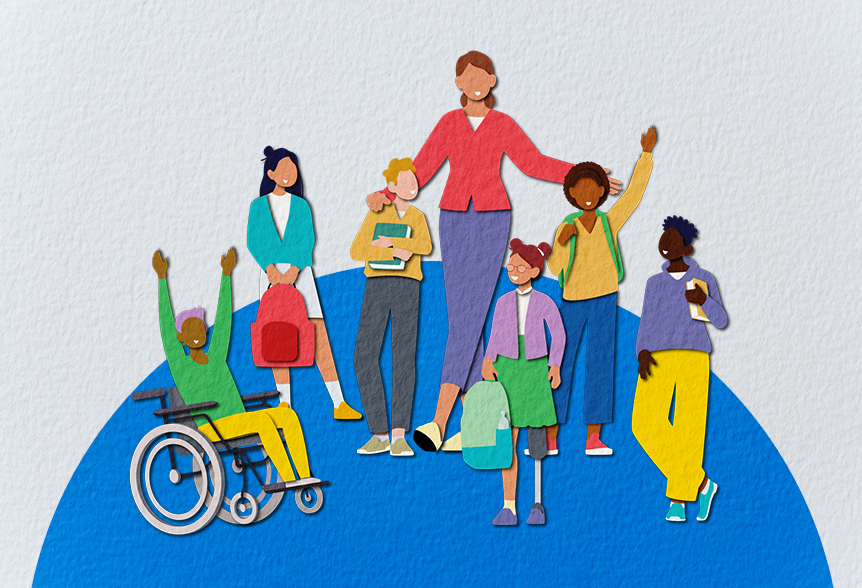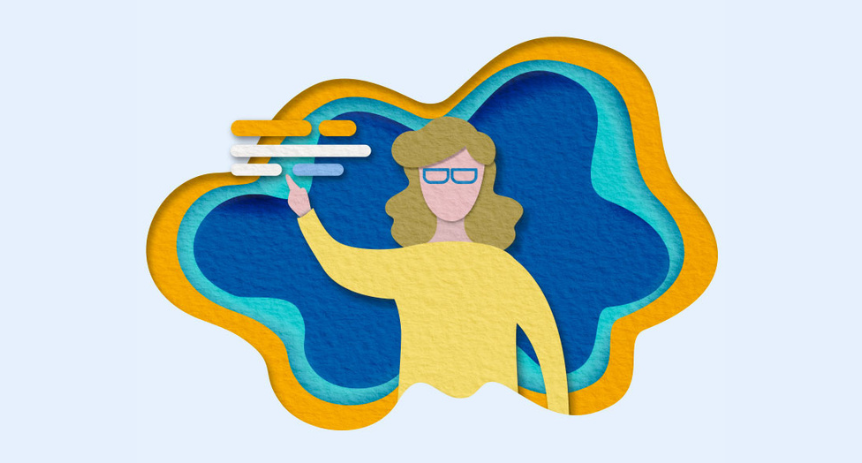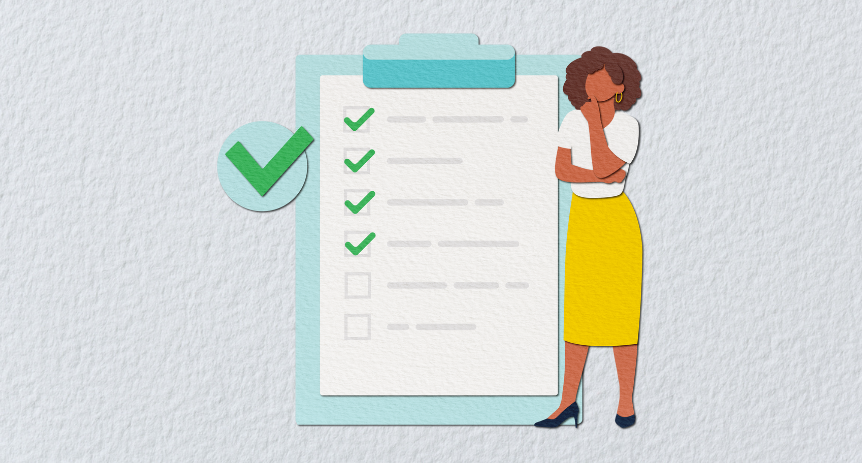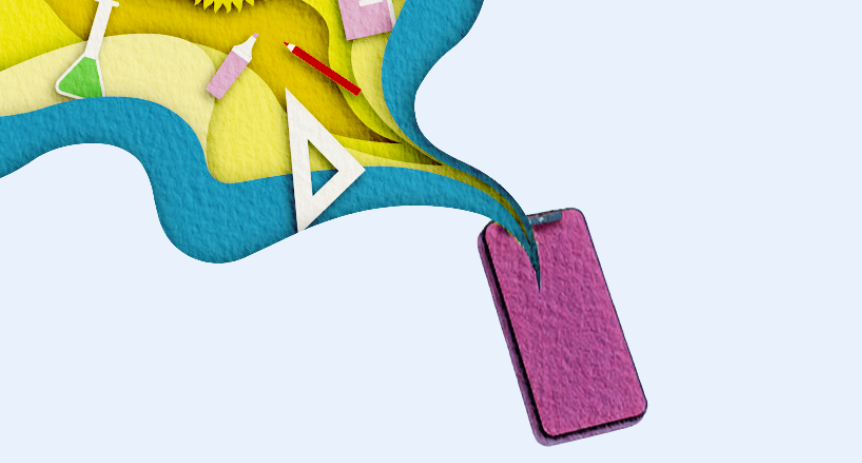*Swing recommends that substitute teachers get all outside teaching resources approved by the school prior to sharing with students.
Diversity, acceptance, and inclusion should all be taught at home and in the classroom. And, for teachers, the upcoming Inclusive Schools Week provides an opportune time to further engage students in these important topics, while continuing to implement and reinforce inclusive educational practices.
Started in 2001, the annually-observed Inclusive Schools Week runs this year from December 6-12. It celebrates “the progress that schools have made in providing a supportive and quality education to an increasingly diverse student population, including students who are marginalized due to disability, gender, socio-economic status, cultural heritage, language preference, and other factors.”
To help you recognize and participate in Inclusive Schools Week, which is focused this year around “Rebuilding Our Inclusive Community Together,” we have collected freely-available lessons and teaching resources to engage – and educate – students.
Grades K-5
Inclusive Schools Network (ISN). To support Inclusive Schools Week, this organization provides a number of resources to help families, schools, and communities with inclusive educational practices. One easy-to-use one is the “All Hands on Deck” activity in which students decorate – and then collectively display – an image of a hand to represent how they practice inclusion at school.
Irvington Public Schools. Interested in how other schools celebrate this week? This New Jersey district created a document with different activities and ideas, including a number of them for elementary students. Examples include 4th grade students writing an essay describing how to be a good friend and 5th grade students writing about a time they felt excluded.
Grades 6-8
Inclusive Schools Network. During this interactive knowledge treasure hunt activity, students go around the school (or classroom) and learn about – and provide summaries of – different types of disabilities, including emotional disabilities, intellectual disabilities, and learning disabilities. This activity can easily be used with older students as well.
San Francisco Unified School District. The California district shared a handful of detailed and easy-to-implement lessons for grades 6-8 to teach students about respectful language and abilities awareness. These include “People First Language,” “Understanding Disabilities,” and “Thinking Outside the Box.”
Special Olympics. This cross-curricular lesson from Special Olympics offers a number of hands-on and collaborative activities to help students examine their personal experiences with intolerance. It concludes with students creating a product to influence their peers to reverse trends of intolerance and prejudice.
Grades 9-12
Embracing Our Differences. This 40-minute lesson, which incorporates the short film Hair Love, helps address self-awareness, relationship skills, and social awareness as students learn about incorporating inclusion. The accompanying PowerPoint, as well as a number of other activities, can be downloaded here.
Special Olympics. During this multi-day lesson created by the Special Olympics, students learn about the “rights of those with intellectual disabilities and the responsibilities of all citizens to help protect those rights,” as well as examine issues related to inclusion in their own school. During the lesson, students listen to a speech, participate in a class activity, engage in discussion, and more.
Additional Resources
In addition to the activities above, ISN offers a number of celebration plans for educators, as well as hundreds of easy-to-implement activities, to build students’ awareness and knowledge of inclusive education.
Have other resources, suggestions, or best practices to share? Leave a reply in the comment section below. Also, make sure to share your experiences with other educators on social media using the hashtag #ISW2021.





